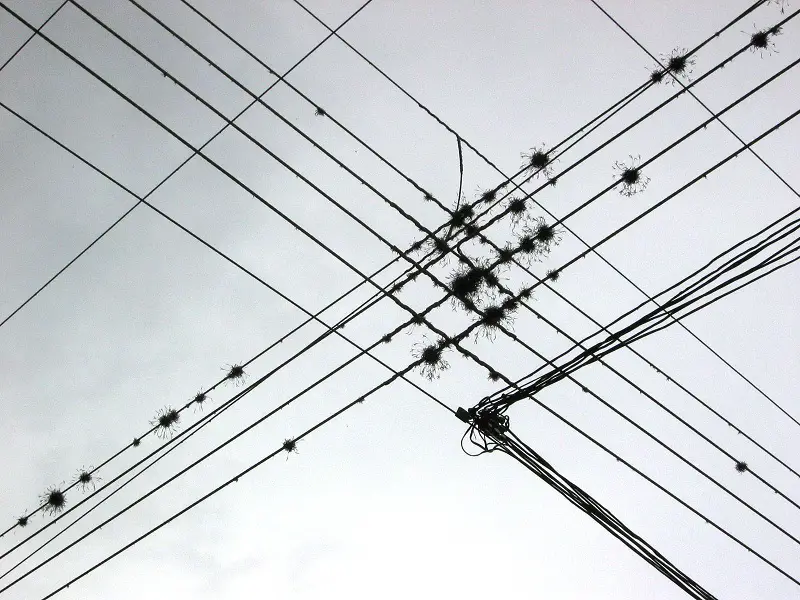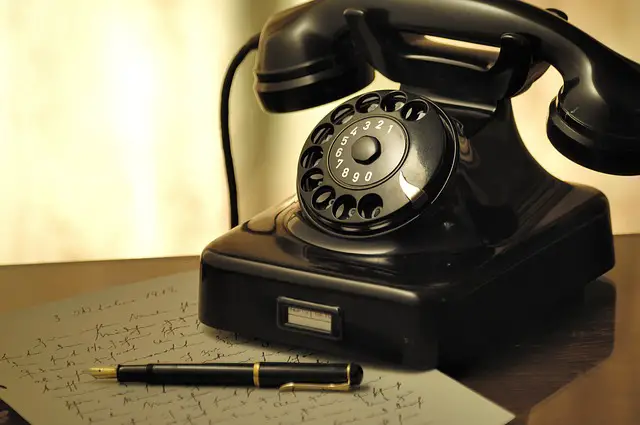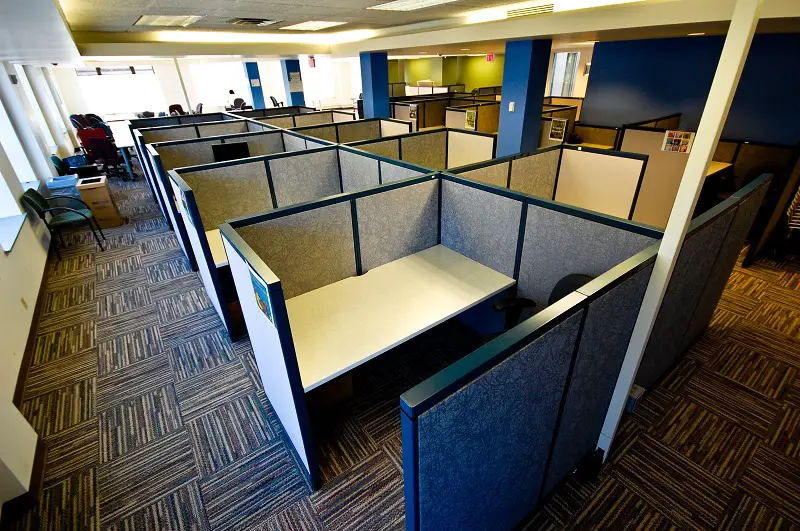Physical barrier is the environmental and natural condition that act as a barrier in communication in sending message from sender to receiver. Organizational environment or interior workspace design problems, technological problems and noise are the parts of physical barriers.
When messages are sent by the sender, physical barriers like doors, walls, distance, etc. do not let the communication become effective. The barriers are less if the proximity of the sender and the receiver is high and less technologies are required.
Disturbance in hearing due to thunders, telephone call disconnection, problems in television reception, message not being sent in chat, etc. are some examples of physical barriers of communication.
Types of Physical Barriers
Distortion
Distortion is the meaning of message getting lost during the handling process in communication while encoding and decoding. It is related to meaning of the message which is affected by human perception.
Noise

Noise is the disruption found in the environment of the communication. It interrupts the communication process and acts as a barrier as it makes the message less accurate, less productive and unclear. It might even prevent the message from reaching the receiver.
Causes of Physical Barrier
Environment or Climate
Thunder, rain, wind and other environmental factors create noise which cannot be stopped and disturb the message flow. Natural noise is present in the environment which disturbs the communication.
Likewise, unstable temperature makes people unfocused on creating the message. If temperature of a place is too high or low, people cannot concentrate on the information they are sending. It promotes uncomfortable feelings which leads to environmental and physical barrier to communication. Similar is the case of improper lightening which impairs proper visual communication.
Communication is also affected by people being concerned about their own lives which does not let the sender and receiver focus on the message. This is the environment of the particular person. Context (natural environment or person’s immediate situation) of the communication also acts and causes to be a barrier as the context might not be right for the particular message to be sent.
Time and Distance

If a message is not sent in inappropriate time, the message will not have the effect that it should have, as the intention will not be met. This causes barrier in communication. So, the time of the message should be accurate. The person from Asia will not be able to Skype a person in U.S. if the time zone difference is wrong and the second person is sleeping.
Likewise, the geographical distance also affects the message. Distance adds more requirements and barriers to communication as greater the distance, the more technical channels are needed. The sender and receiver need to include machines as mediums, encoding, decoding, etc. Face to face communication has the least physical communication barrier and are easier as there as more communication channels.
New technologies are being made to reduce noise in the mediums and channels. In all, advantages and disadvantages of different mediums must be analyzed for different distances before using one.
Medium Disturbance or Technical Problem

Mediums and channels of communication must be decided upon by the role it plays, distance that must be covered, disturbances that might arise, etc. The medium that is suitable for a particular distance with the least noise should be used for communication. If not, then the medium itself acts as a communication barrier and disrupts communication flow. Every kind of medium has one or the other defects and disadvantages over another.
Mediums have to use network facilities which might lead to technical and technological problems. Mechanical and technical breakdowns such as computer virus or crash or no network coverage can happen anytime. Thus, mediums must not always be trusted to be totally effective.
Workspace Design

Workspace also has an effect in the communication in an office setting.
If the employees’ workspaces are far away from the room of employers’, they will not be able to communicate with the employers, take proper orders, make plans, get feedbacks and suggest new ideas. They must work through phones or emails. These mediums have more noise and other technical problems than face to face communication. In this way, workspace designs act as a physical barrier to effective communication.
Seating arrangements and physical comfort also fosters or impairs communication. Likewise, organizational structures also act as a barrier to communication. A person has to go through their superior to communicate or to send any message to the main authority of the organization. They cannot talk directly which disturbs the flow of message and alters the meaning of the message.
Thus, new concepts like open workspace designs and parallel communication approaches have been emerging to challenge this type of physical communication barrier.
Noise
Noise causes obstacles for the message to reach the receiver and cause physical communication barrier. There are many kinds of noise in communication process such as physical noise, written noise, technological noise, etc.
Physical noise are the disturbances that occur due to outside or background disturbance and environment. This type of noise occurs in mostly all kinds of communication like face to face, written, etc.
Written noise like bad handwriting or typing is also taken as physical barrier.
Technological noise are the noise that occur in the medium or channel like no sound while talking on phone or message sending failure in chats.
All of the mentioned types of noises are included as physical communication barriers.
Information Overflow
When information becomes more than that can be received at a particular time by the receiver, then communication fails.
The receiver does not have the capacity to get all the information and can miss some important points or misinterpret the meaning of the whole message altogether. The message will not get the desired outcome causing the communication to not be effective and act as a barrier. Work overload and information duplication also help to cause physical communication barrier.
Physical factors obstruct effective communication, in any form of communication. If physical barriers are reduced or eliminated, the communication becomes effective as there is less distortion and interference.
